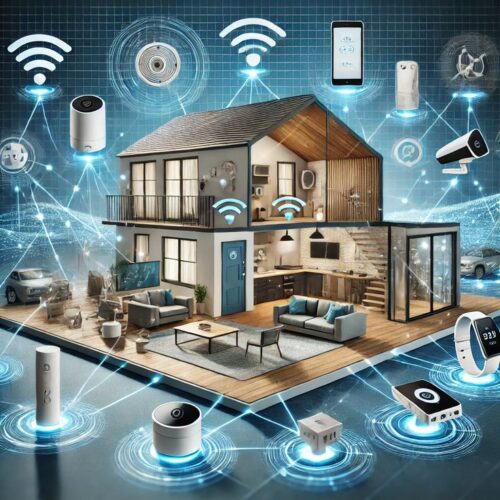The smart home revolution promises comfort and control at our fingertips: lights that adjust automatically, locks you can manage remotely, thermostats that “learn” your habits, and cameras that keep you connected while away. But that same convenience is opening the door — quite literally — to cybercriminals. In early 2025, a Northeastern University study revealed that over 40% of consumer IoT (Internet of Things) devices shipped with outdated software or no regular patching mechanism, meaning many households are running devices with vulnerabilities known to hackers.
Cybercriminals exploit these weaknesses in several ways. In the UK, multiple cases have emerged where smart doorbell cameras were hijacked, allowing attackers to not only spy on households but also launch phishing attempts using recorded footage. In the US, researchers uncovered smart refrigerators that leaked Gmail login tokens, a reminder that even the most unlikely devices can become attack vectors. And globally, hacked IoT devices are being roped into massive botnets like Mirai, where thousands of insecure gadgets are controlled remotely to launch crippling DDoS attacks.
The stakes are not just digital but physical. There have been reports of hackers unlocking smart locks, disabling alarm systems, or eavesdropping on baby monitors — terrifying breaches of personal safety. Businesses are equally at risk: with remote work now the norm, compromised home networks often serve as weak links for attackers targeting corporate systems. So, what can users do? Start with the basics: change default passwords (yes, even on your lightbulbs), keep firmware updated, and avoid connecting smart devices to the same Wi-Fi used for banking or work laptops.
Cybersecurity experts also recommend enabling two-factor authentication for apps controlling smart devices and setting up a separate “IoT network” to isolate them from sensitive activities. The promise of the smart home is exciting, but it comes with a price: every connected device is another potential target. In the digital age, securing your home doesn’t just mean locking the doors — it means locking down your network too.

